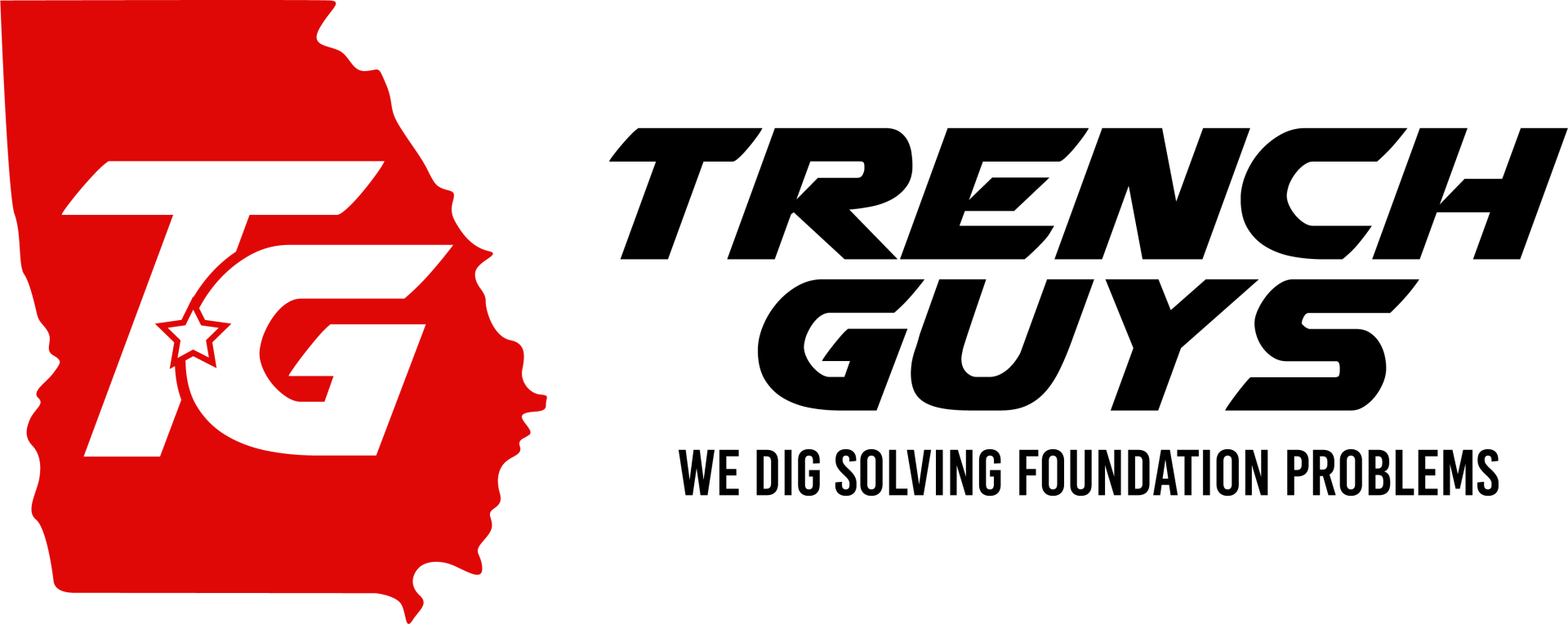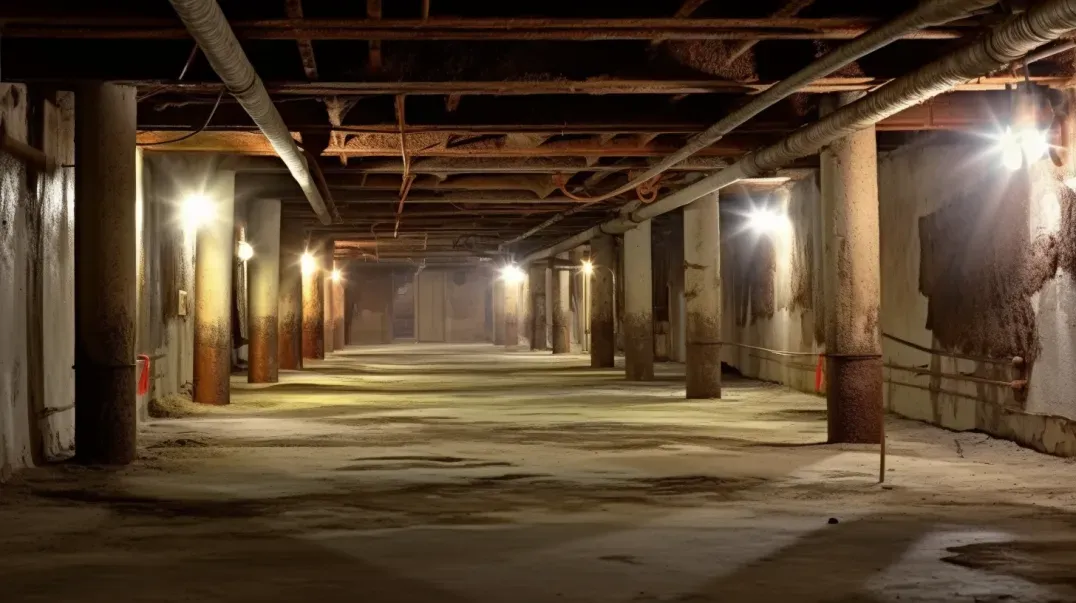In the unseen underbelly of our homes lies a critical component that often goes unnoticed until problems arise—the crawl space. This hidden area, if not properly ventilated, can become a breeding ground for moisture, mold, and a host of other issues that threaten the structural integrity of our homes and the health of our families. Proper crawl space venting is not just a building requirement; it's a vital practice for preserving the longevity of our homes and ensuring a healthy living environment. This blog dives deep into the importance of effective crawl space venting, highlighting the dual goals of maintaining system efficiency and home health, all while keeping an eye on affordable solutions.
The significance of crawl space ventilation extends beyond just air circulation; it's about creating a balance. A balance that prevents the accumulation of harmful moisture, combats the growth of mold, and deters pests—all while promoting a healthier air quality in the living spaces above. However, the challenge for many homeowners lies in achieving this balance without breaking the bank. The good news is that efficient and effective crawl space venting doesn't have to be expensive. With the right knowledge and approach, there are numerous affordable solutions available that can protect your home and health without compromising on quality or efficiency.
From exploring the basics of crawl space venting principles to navigating the myriad of cost-effective venting solutions, this guide aims to equip homeowners with the knowledge they need to make informed decisions. Whether it's understanding the role of passive vents, the benefits of vent covers, or the efficiency of automated venting systems, we'll cover the spectrum of options that cater to diverse needs and budgets.
Join us as we unravel the complexities of crawl space venting, offering insights, tips, and practical advice on how to enhance the health of your home's foundation affordably. Because ensuring the well-being of your home shouldn't be a luxury—it should be a priority accessible to all.
Understanding Crawl Space Hazards
The crawl space, while often overlooked, plays a crucial role in the overall health and safety of your home. A poorly ventilated crawl space can harbor a variety of hazards, each posing significant risks to your home's structure and the well-being of its occupants. Recognizing these potential dangers and understanding their impact is the first step toward mitigating risks and ensuring a safe, healthy living environment.
Identifying Potential Risks
Poorly ventilated crawl spaces are prone to several common hazards, including:
- Mold Growth: The damp, dark conditions of a poorly ventilated crawl space provide an ideal breeding ground for mold and mildew. These fungi can spread to living areas, affecting air quality and potentially causing health issues for occupants.
- Structural Damage: Excessive moisture can lead to wood rot and weaken the structural components of your home, including floor joists and support beams. Over time, this can compromise the structural integrity of the building.
- Pest Infestations: The moisture and shelter offered by crawl spaces attract pests such as termites, rodents, and insects. These pests can cause further damage to your home and may carry diseases.
- Increased Energy Costs: Moisture problems can degrade insulation effectiveness, leading to higher energy costs as heating and cooling systems work harder to maintain comfortable indoor temperatures.
- Poor Indoor Air Quality: Air from the crawl space circulates throughout your home, carrying with it any pollutants, odors, or mold spores from below. This can significantly impact indoor air quality and contribute to respiratory problems and allergies.
How Hazards Affect Home and Health
The hazards associated with poorly ventilated crawl spaces extend beyond the immediate area and can have far-reaching effects on both the home and its occupants:
- Structural Integrity: The foundation and support structures of your home can be severely weakened by ongoing moisture issues, leading to costly repairs and potentially dangerous living conditions.
- Health Implications: Exposure to mold and poor air quality can lead to a range of health issues, including allergies, asthma, and other respiratory conditions. The presence of pests can also pose health risks through the spread of disease.
- Financial Impact: Addressing the damage caused by these hazards can be costly, not only in terms of repairs to the structure and replacement of damaged insulation but also in increased energy bills and potential healthcare costs.
Understanding the risks associated with poorly ventilated crawl spaces and their impact on your home and health is crucial. Taking proactive steps to improve ventilation, control moisture, and address any existing issues can help mitigate these hazards, protecting your home's structural integrity and ensuring a healthier living environment for you and your family.
Principles of Effective Crawl Space Ventilation
A well-ventilated crawl space is foundational to maintaining a healthy, safe, and efficient home. Understanding the principles of effective ventilation can help homeowners prevent moisture-related issues, improve air quality, and protect the structural integrity of their homes. This guide explores the basics of proper ventilation and compares natural and mechanical ventilation systems to help you determine the best approach for your home.
Ventilation Basics
Proper ventilation in crawl spaces involves the controlled exchange of air, allowing fresh air to enter and stale, moist air to exit. This process is crucial for several reasons:
- Moisture Control: Effective ventilation helps to reduce humidity levels in the crawl space, preventing condensation and the accumulation of moisture. This is essential for preventing mold growth, wood rot, and the attraction of pests.
- Air Quality: By facilitating the exchange of air, ventilation helps to remove pollutants, odors, and potentially harmful gases from the crawl space, improving the overall air quality in your home.
- Temperature Regulation: Ventilation can also help to regulate temperatures in the crawl space, contributing to more consistent indoor temperatures and potentially reducing energy costs.
The key to effective crawl space ventilation is ensuring that there is an adequate number of vents, properly placed to facilitate the natural flow of air. The general rule of thumb is to have at least 1 square foot of vent area for every 150 square feet of crawl space, but this can vary based on local building codes and specific conditions of the home.
Natural vs. Mechanical Ventilation Systems
When it comes to ventilating your crawl space, there are two main approaches: natural and mechanical ventilation. Each has its advantages and is more effective in certain scenarios.
- Natural Ventilation: This method relies on the natural flow of air through vents placed around the crawl space. Air movement is driven by wind and the natural buoyancy of warm air rising. Natural ventilation is cost-effective and requires no energy to operate, making it a good option for homes in climates where humidity and temperature levels are relatively stable.
- Mechanical Ventilation: Mechanical systems use fans or other powered devices to actively circulate air through the crawl space. This approach can be more effective in regions with high humidity levels or where natural air flow is insufficient to control moisture. While mechanical ventilation systems can offer more control over air exchange rates, they do require energy to operate and may have higher initial installation costs.
Choosing between natural and mechanical ventilation systems depends on several factors, including your home's geographic location, the specific conditions of your crawl space, and your budget. In some cases, a combination of both methods may offer the most effective solution for maintaining optimal conditions in your crawl space.
Preventing Moisture-Related Hazards
Moisture is a pervasive threat that can compromise the structural integrity of your home, degrade indoor air quality, and create an environment conducive to mold growth and pest infestations. Understanding how to effectively manage and control moisture is crucial for maintaining a healthy, safe, and durable living space. This guide delves into the critical role of ventilation in moisture control and introduces supplemental strategies that can bolster your efforts to keep moisture related hazards at bay.
Role of Ventilation in Moisture Control
Ventilation plays a pivotal role in the battle against moisture accumulation in your home, particularly in areas prone to dampness, such as crawl spaces and basements. Here's how proper ventilation contributes to moisture control:
- Air Circulation: Effective ventilation systems promote the continuous exchange of indoor and outdoor air. This circulation helps to disperse moisture-laden air from inside your home to the outside, reducing overall humidity levels.
- Condensation Reduction: By regulating temperature differences between surfaces and the air, ventilation helps to minimize the occurrence of condensation, a common source of moisture that can lead to mold growth and wood rot.
- Mold and Mildew Prevention: By keeping humidity levels in check, ventilation directly impacts the ability of mold and mildew to thrive. Mold prefers moist, stagnant air, so improving air flow can significantly reduce mold growth risks.
Implementing a well-designed ventilation system, whether through natural means or mechanical assistance, is a foundational step in creating a moisture-resistant home environment.
Supplemental Solutions for Moisture Management
While effective ventilation is a cornerstone of moisture control, it is often most effective when used in conjunction with other moisture management strategies. Here are some supplemental solutions that can enhance your moisture control efforts:
- Dehumidifiers: For areas where ventilation alone is insufficient to control humidity levels, dehumidifiers can be a powerful tool. These devices actively remove moisture from the air, helping to maintain a dry and healthy environment.
- Vapor Barriers: Installing vapor barriers, particularly in crawl spaces and basements, can prevent ground moisture from entering your home. These barriers are typically made from plastic or foil sheets and are laid over the ground and foundation walls to block moisture migration.
- Proper Drainage: Ensuring that your home has effective drainage systems, including gutters, downspouts, and graded landscaping, can prevent water from accumulating around your foundation and seeping into your home.
- Insulation: Properly insulating pipes, walls, and other surfaces can reduce the likelihood of condensation by minimizing temperature differences. This is especially important in areas where hot, humid air meets cold surfaces.
By combining robust ventilation with these supplemental moisture control strategies, homeowners can effectively safeguard their homes against the myriad problems associated with excess moisture. This holistic approach to moisture management not only prevents structural damage and health issues but also contributes to a more comfortable and energy-efficient home.
Combating Structural Deterioration
The integrity of your home's structure is foundational to its safety, durability, and overall value. While several factors can contribute to structural deterioration, one often overlooked aspect is the role of proper ventilation. Inadequate ventilation, especially in areas like crawl spaces and attics, can lead to moisture accumulation, which is a primary culprit behind many long-term structural issues. This guide explores how effective ventilation can safeguard your home's structural health and highlights the early warning signs of potential damage.
Ventilation's Impact on Structural Health
Proper ventilation is crucial for maintaining the structural integrity of your home. Here's how it helps prevent long-term structural issues:
- Moisture Control: Effective ventilation reduces moisture levels in critical areas of your home. By preventing excessive humidity and condensation, ventilation helps protect wooden structural elements from rot and decay, which can compromise the strength and stability of your home.
- Mold and Mildew Prevention: Mold and mildew not only pose health risks but can also weaken structural components over time. Adequate ventilation inhibits mold growth by keeping indoor humidity levels in check.
- Pest Deterrence: Many pests, including termites and carpenter ants, are attracted to moist environments. Proper ventilation helps deter these pests, protecting your home from the damage they can cause to wooden structures.
- Temperature Regulation: In areas like attics, proper ventilation helps regulate temperatures, preventing the overheating of roofing materials and reducing the risk of ice dams in colder climates. Both extremes can lead to premature wear and structural damage.
By maintaining a well-ventilated home, you can significantly reduce the risk of moisture-related structural deterioration, ensuring your home remains strong and secure for years to come.
Signs of Structural Problems
Early detection of structural problems is key to preventing significant damage. Here are some signs that poor ventilation may be affecting your home's structural integrity:
- Visible Mold and Mildew: The presence of mold or mildew on walls, ceilings, or wooden structural elements can indicate high moisture levels, often due to inadequate ventilation.
- Wood Rot: Soft, discolored, or crumbling wood, especially around windows, doors, and in the attic or crawl space, can signal rot resulting from excessive moisture.
- Musty Odors: Persistent musty smells, particularly in areas like basements and crawl spaces, can be a sign of poor ventilation and excessive moisture, which may lead to structural issues.
- Sagging or Warped Floors: Moisture damage can cause floors to sag or warp, indicating potential structural weakening.
- Pest Infestations: Signs of pest activity, such as termite tunnels or carpenter ant debris, can suggest that moisture has compromised the structural integrity of your home.
Recognizing these early warning signs allows homeowners to take corrective action, such as improving ventilation, to address the root causes of moisture accumulation and prevent further structural damage.
Ventilation Strategies for Pest Control
Pests are not just a nuisance; they can pose significant health risks and cause damage to your home. While traditional pest control methods are essential, one often overlooked strategy is leveraging ventilation. Proper ventilation can play a crucial role in deterring pests, as many types of pests thrive in damp, poorly ventilated environments. This guide explores how enhancing airflow can discourage pest infestations and provides tips for combining ventilation with other pest control measures for a comprehensive approach to keeping your home pest-free.
Deterring Pests Through Ventilation
Improved airflow in your home, especially in areas like crawl spaces, basements, and attics, can significantly reduce the appeal of these spaces to pests. Here’s how ventilation acts as a deterrent:
- Moisture Reduction: Many pests, including termites, cockroaches, and rodents, are attracted to moist environments for breeding and habitation. By reducing humidity and preventing condensation, proper ventilation makes your home less inviting to these pests.
- Temperature Regulation: Excessive heat can attract certain pests looking for a warm environment. Ventilation helps regulate temperature, making your home less attractive to pests that prefer warmer conditions.
- Odor Minimization: Ventilation helps remove odors that can attract pests. By circulating air and reducing stagnation, you can minimize the scents that might draw pests into your home.
Implementing effective ventilation strategies can be a proactive step in pest management, creating an environment that is less conducive to pest infestations.
Integrating Pest Control Measures
While ventilation is a powerful tool in deterring pests, it is most effective when integrated with other pest control measures. Here are some tips for creating a comprehensive pest management plan:
- Seal Entry Points: In addition to improving ventilation, ensure that potential entry points for pests are sealed. This includes fixing cracks in foundations, sealing gaps around windows and doors, and ensuring vent covers are secure and intact.
- Dry Foundation: Ensure that the area around your home’s foundation is dry. Use gutters and downspouts to direct water away from your home, and consider grading the landscape to prevent water accumulation.
- Regular Cleaning: Keep basements, attics, and crawl spaces clean and clutter-free. Regular cleaning reduces hiding spots for pests and makes these areas more accessible for ventilation improvements.
- Use of Dehumidifiers: In areas where ventilation alone cannot adequately reduce moisture levels, consider using dehumidifiers to help maintain a dry environment.
- Professional Assessments: For persistent pest problems, or to develop a tailored ventilation strategy, consider consulting with pest control and ventilation professionals. They can offer specific recommendations based on the unique aspects of your home.
By combining improved ventilation with these pest control measures, homeowners can create a less hospitable environment for pests, protecting their homes from infestations and the associated risks.
FAQs
Contact Trench Guys Today!
Trench Guys will do everything we can to ensure your experience with us is excellent.
Request A FREE Estimate
Request a Free Estimate Form
Checkout Recent Post
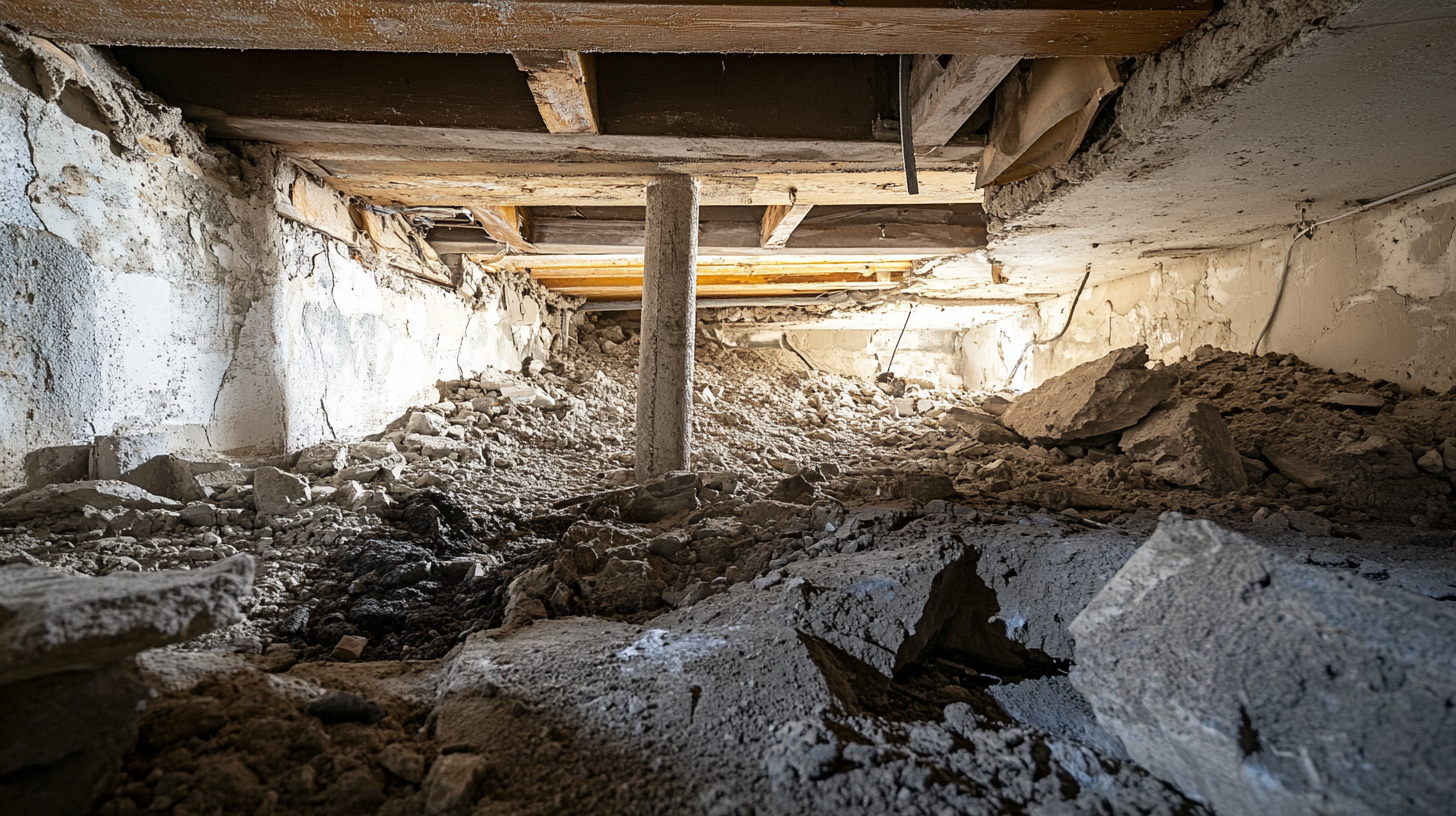
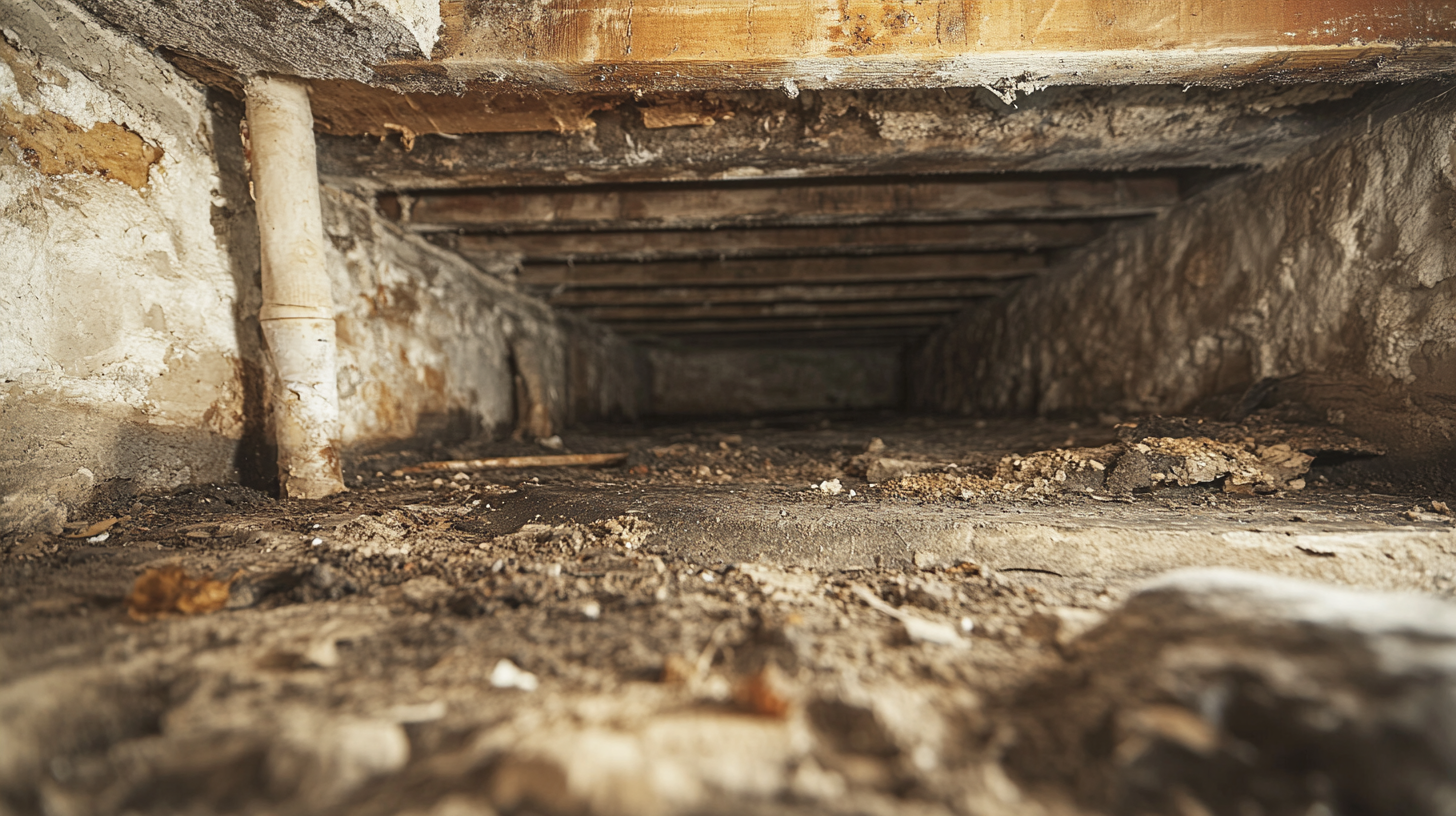
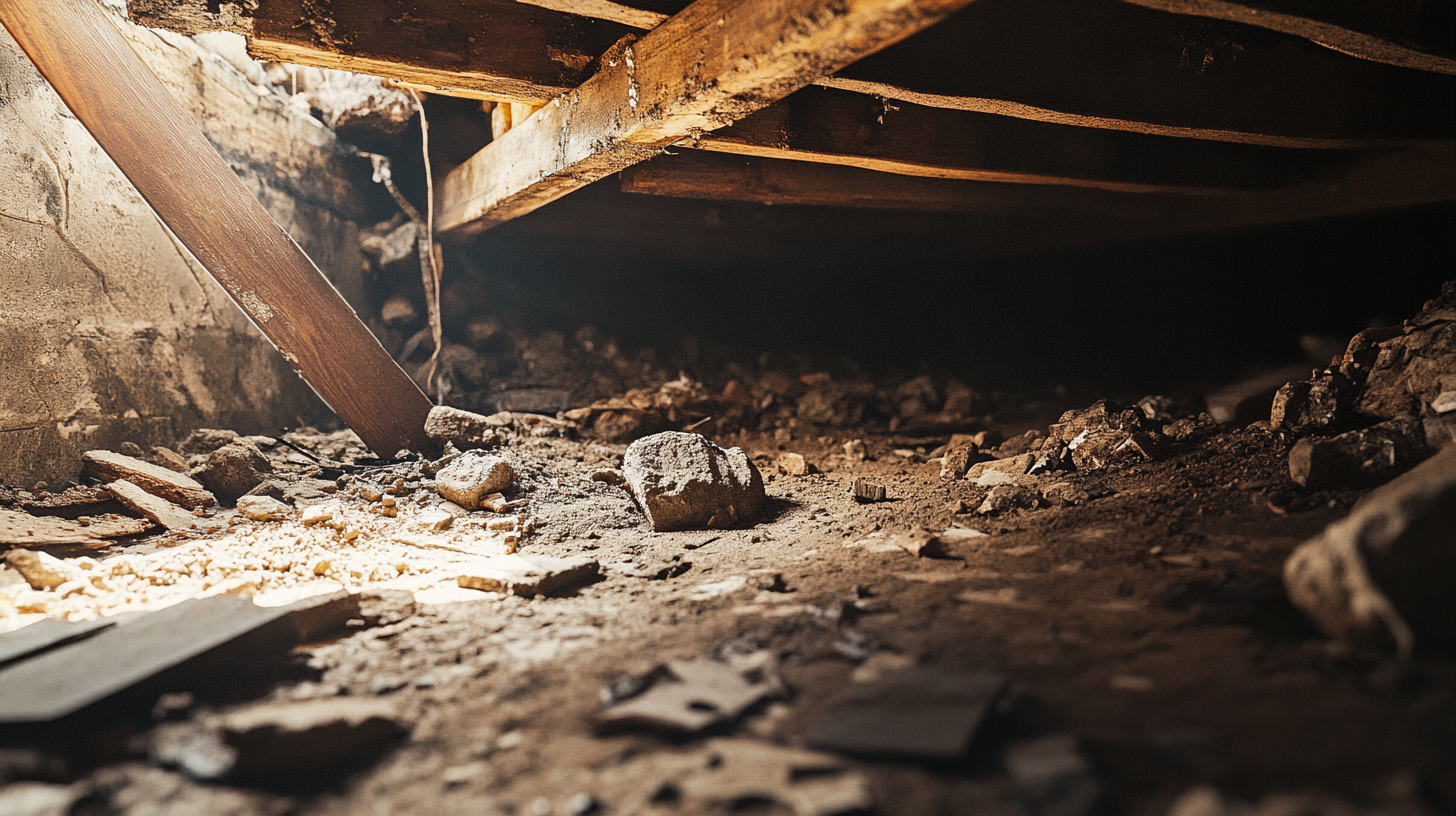
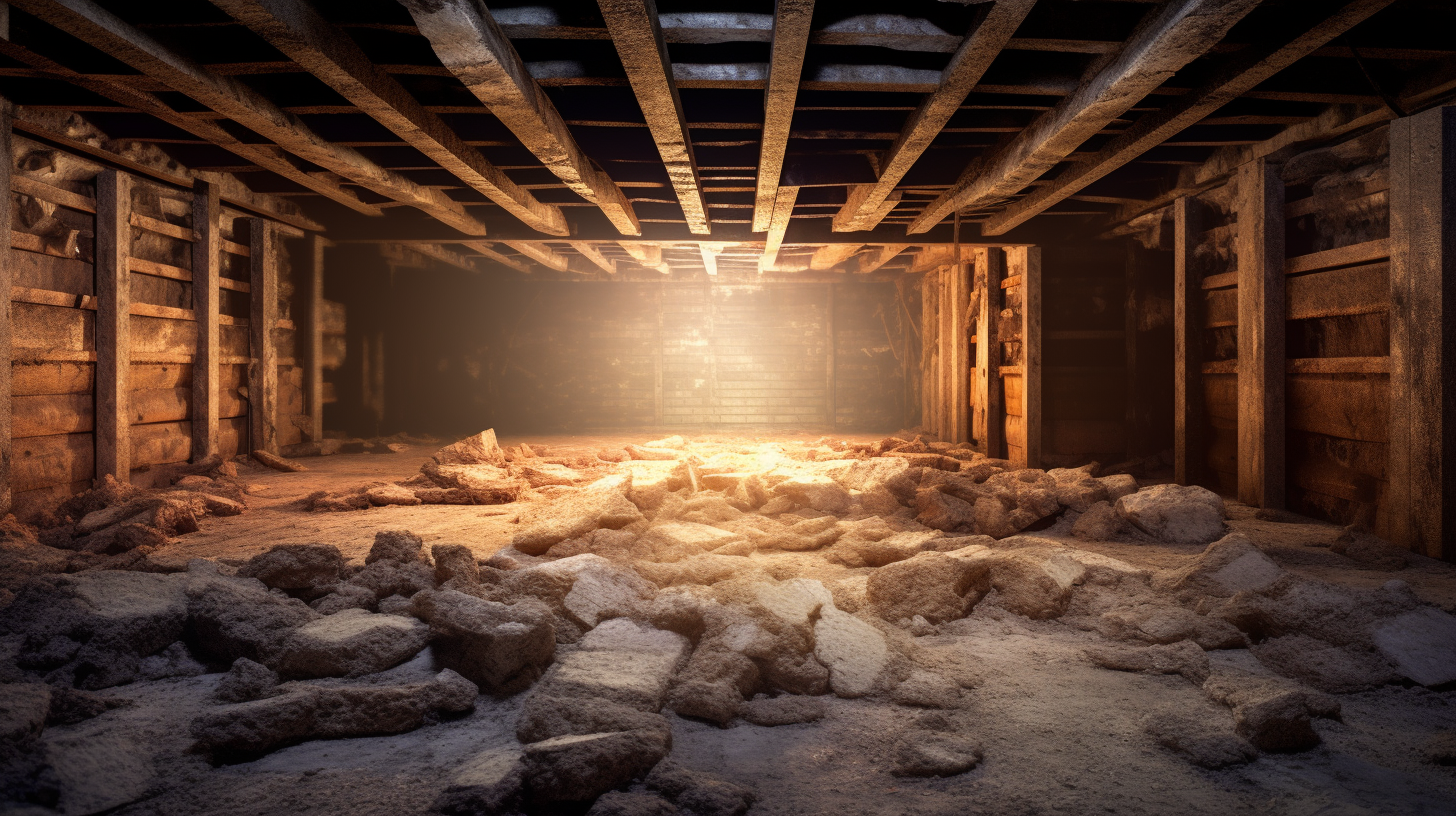
Got a Question? We’re Here to Help.
You can arrange an appointment or make an enquiry by phone or email, orget in touch to us via our contact form.
